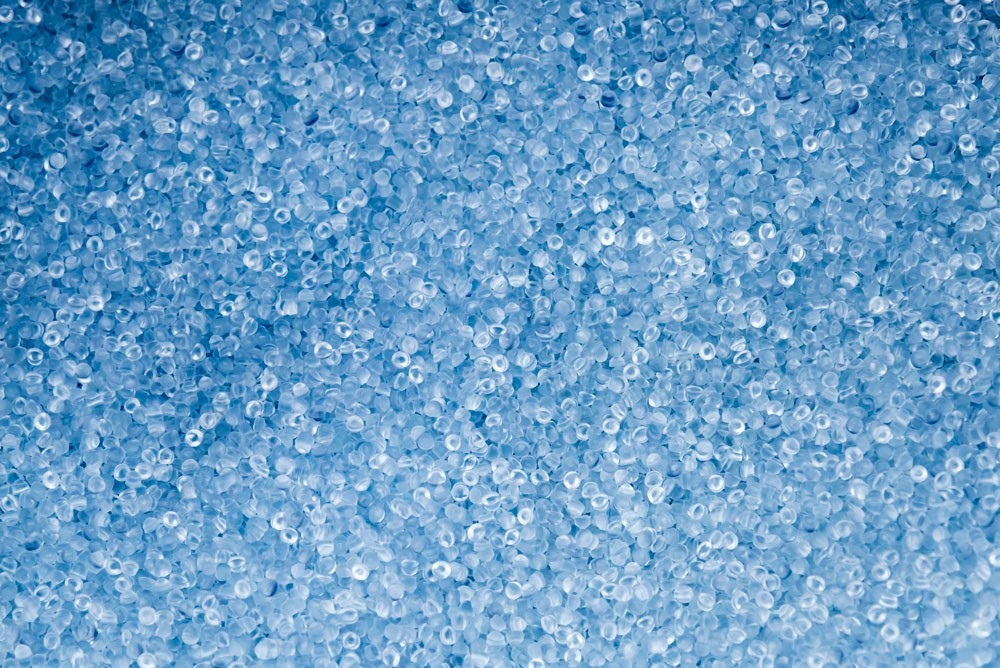PB Packaging News
This is where you will find the latest information and news on our company and products.
2 minutes reading time
(396 words)
Glossary Of Plastics
HDPE
Stands for High Density Polyethylene (also known as polythene).
- HDPE is the most common plastic in packaging. It is found in plastic milk bottles and most shampoo bottles. Because it is used so frequently it is relatively cheap.
- HDPE has good chemical resistance to most common products, though it is slightly porous and volatile components may pass through the container walls.
- HDPE is commonly supplied in 2 colours, White and Natural (without pigmentation). Natural HDPE is translucent but not clear.
- HDPE can be coloured to match any colour of the PMS book.
- LDPE (Low Density Polyethylene)is very similar to HDPE. It is softer and more pliable.
PET (Polyethylene Triphthalate)
It is the most recyclable of our plastics. This is the plastic of soft drink bottles, and is marked 1 in the recycle triangle.
- PET has the clarity of glass but does not break.
- PET tooling is very expensive, hence there has been a limited range of product available. This is slowly changing.
- Coloured PET can not be recycled as it will contaminate the clear product, hence there is very little coloured PET product available.
- PET does not like acetone.
- PET cannot be filled at a temperature greater than 75°c or it will lose its shape and collapse.
PVC (Poly Vinyl Chloride)
- PVC has the same clarity as PET, but not the same gloss. It is very good at withstanding dilute acids, alkalis, and oils.
Styrene
- Is mainly used for jars and vials.
- It has a very good clarity but is very brittle. If you drop a Styrene jar it will shatter into sharp splinters.
- Styrene is suitable for most cosmetic creams or water based paints but cannot withstand Methyl Salicylate (the smelly stuff in most sports rubs) or acetone.
Polypropylene
- Abbreviated to PP, it is a good all round plastic which looks like HDPE, ie it is milky in its natural state.
- PP is often used in jars because it is stiff but not brittle like Styrene.
- PP has good chemical resistance properties but is not commonly made into bottles because of its cost.
- Most caps are made of PP. Normally the cap material should be different to the bottle material or else the cap will bind as you put it on the container.
Polycarbonate
- Is extremely tough, very clear and very expensive. It is not normally used for bottles because of price.
Stay Informed
When you subscribe to the blog, we will send you an e-mail when there are new updates on the site so you wouldn't miss them.


